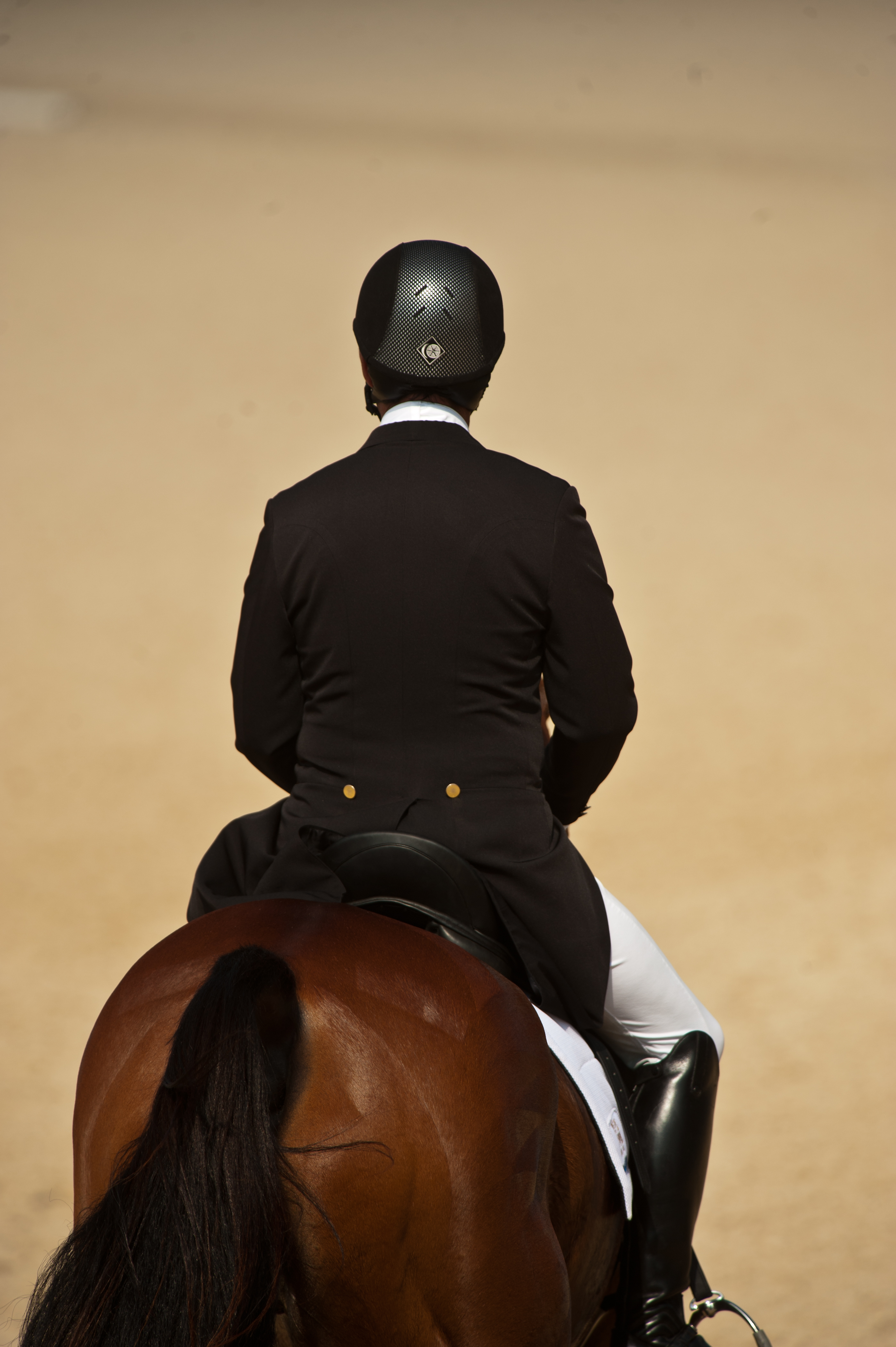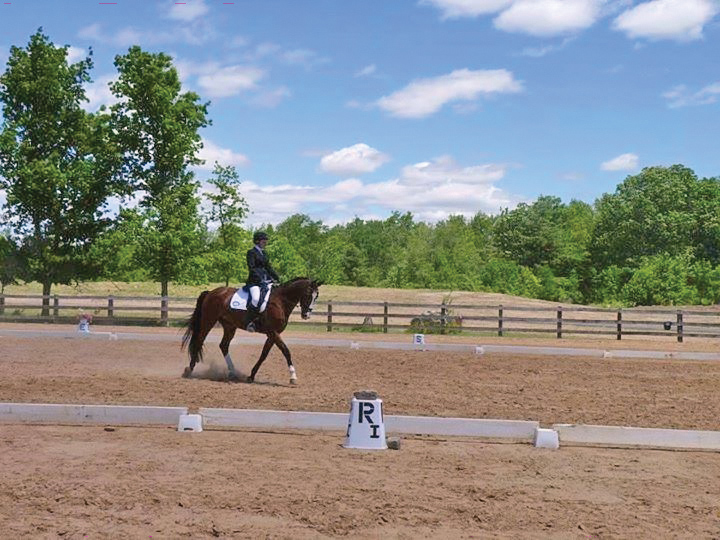For many reasons, your helmet is probably one of your most valuable pieces of riding equipment. Here’s what you need to know to keep it in great condition for as long as possible.

What is the best way to store a helmet?
Helmets are sensitive to extreme heat, or temperatures in excess of 158 degrees Farenheit, because the high-grade expanded polystyrene layer in the helmet will melt. Therefore, helmets should not be stored in direct sunlight. If helmets become wet, they should be allowed to fully dry before they’re stored.
What is the best way to clean a helmet?
The best way to keep the exterior of your helmet clean is to use a brush or damp cloth. If your helmet has mud or wet dirt on it, it is important to wait for the mud to dry before brushing it off. Don’t use a cleaner on the outside of your helmet. Some helmet companies offer cleaning products specifically designed for the interior. Any helmet that is being worn on a regular basis and is out in the barn is bound to become dirty, and the accumulation of sweat and bacteria in the lining can cause odors. Allowing your helmet to dry in open air before it is stored in a bag or trunk will diminish the smell of sweat, as will cleaning the lining of the helmet with a damp cloth or hat deodorizer. Certain helmet deodorizers kill odor-causing bacteria. They are sprayed onto the lining of the helmet, which then should be left in a cool place to dry. Other helmet cleaners are specially formulated to break up dirt and grease, removing sweat, sunscreen, makeup and dust. You can spray the cleaner onto the liner and allow it to sit for two to three minutes before taking a damp cloth and gently working the cleaner into the liner in a circular motion until all the dirt has transferred to the cloth.
Are there ways to increase your helmet’s longevity?
Keeping helmets clean and storing them properly will increase longevity. Also, remember not to drop your helmet.
How do you know when it is time to replace your helmet?
As a general rule, helmets should be replaced every three to five years, as this is the expected lifespan. Helmets should always be replaced after a fall in which the rider hits his or her head. Every impact causes the microbubbles in the expanded polystyrene layer of the helmet to burst. This is what protects the head in the event of a fall, but it means that specific part of the helmet will not offer the same protection if it is fallen on again.
Dressage Today thanks the experts at Charles Owen for providing the safety information included in this column. For more information, visit charlesowen.com.












